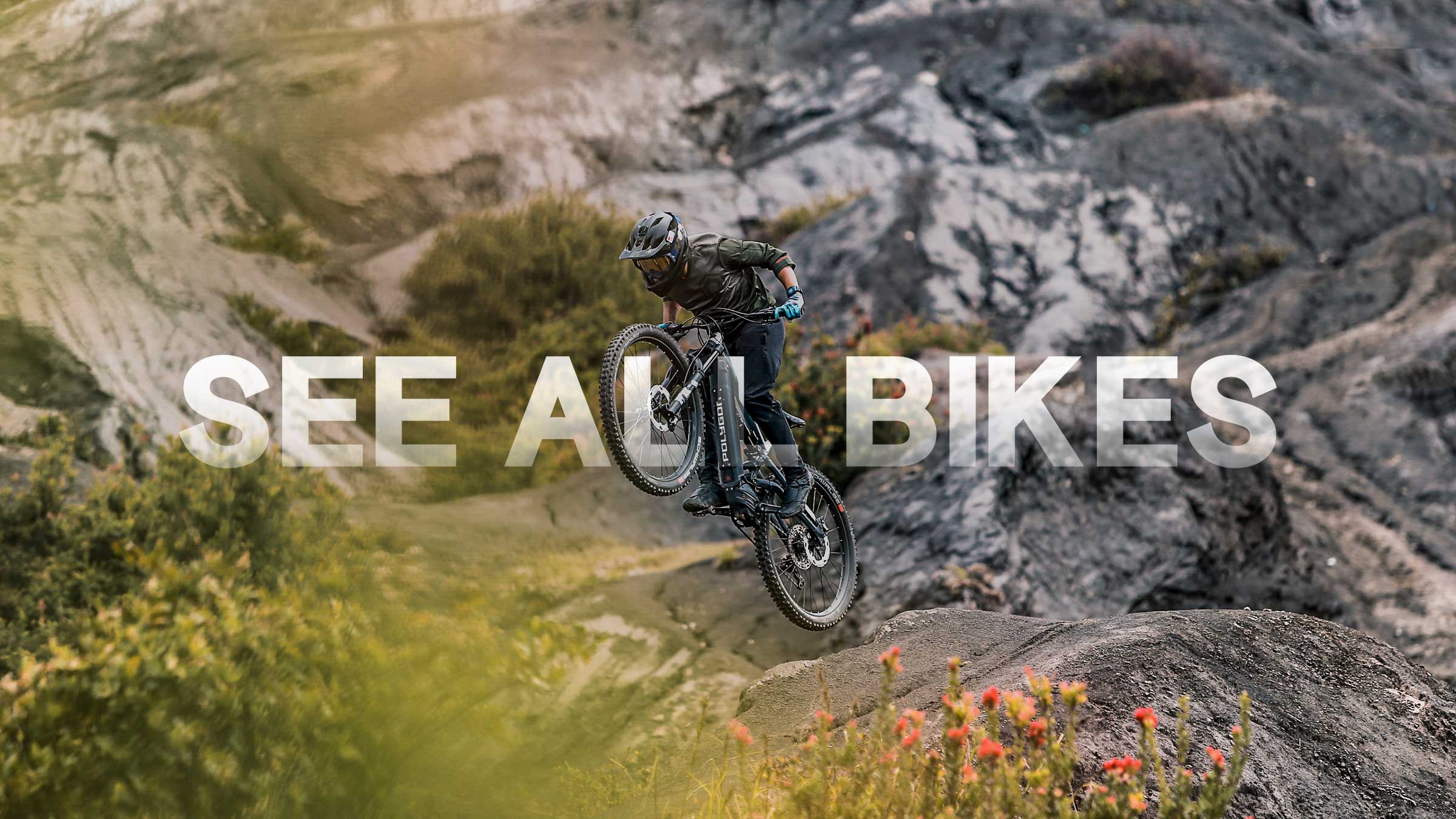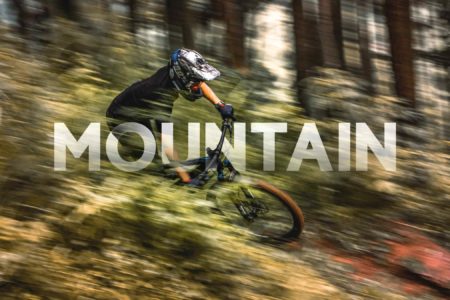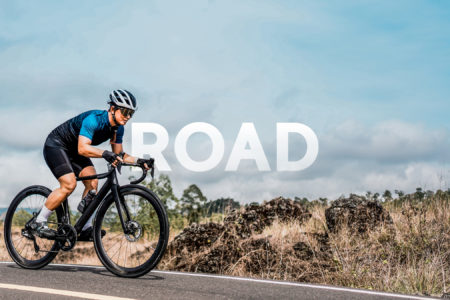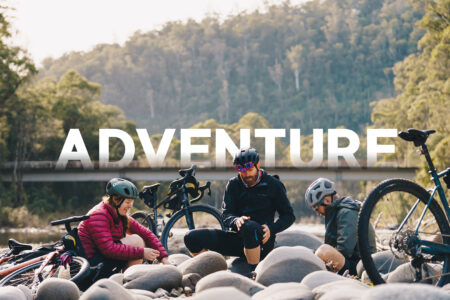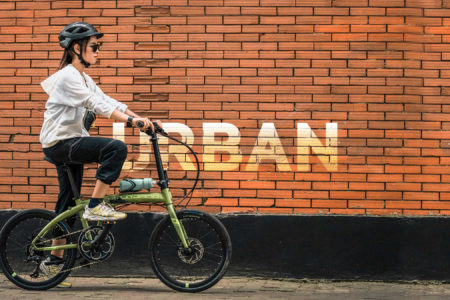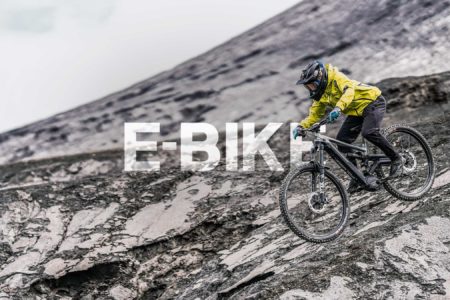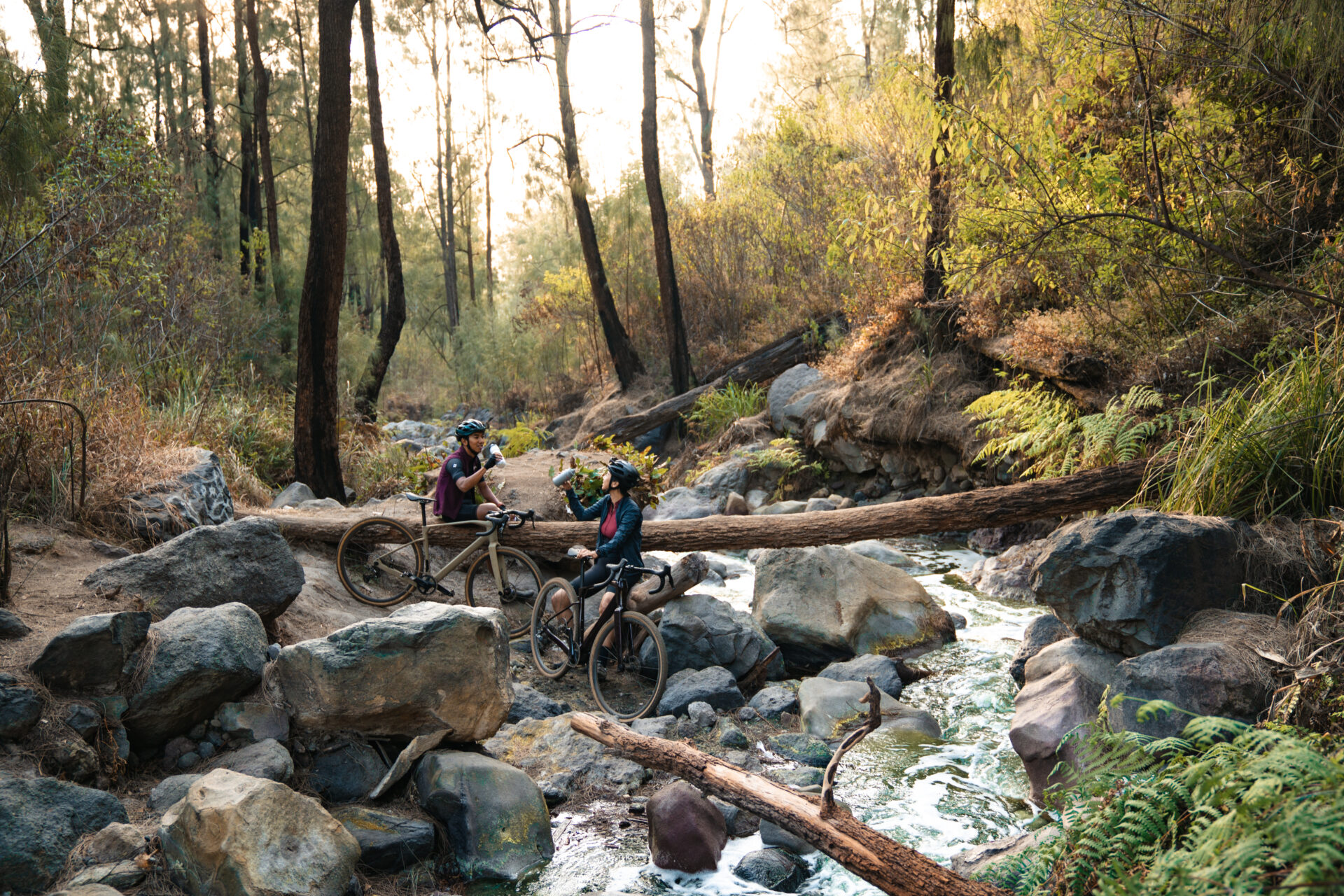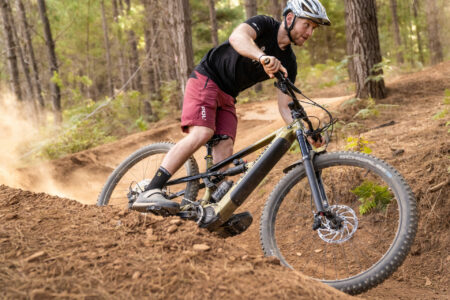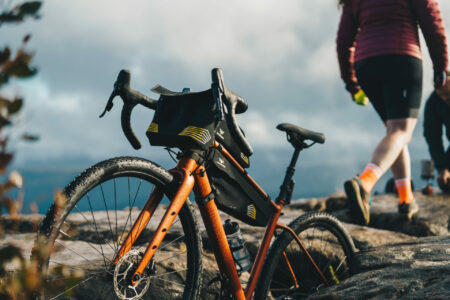Are you ready to venture beyond the beaten path and embrace the untamed beauty of gravel biking? Whether you’re a seasoned gravel rider or embarking on this adventurous journey, one thing is sure: gravel biking thrives on the thrill of the unexpected. However, despite the excitement of uncharted trails and rugged terrain, potential blunders can transform your gravel ride into a daunting challenge. In this article, we’ll delve into gravel biking blunders, revealing the most common mistakes that beginners and experienced riders can commit.
Common Mistakes to Avoid in Gravel Biking
1. Inadequate Bike Setup
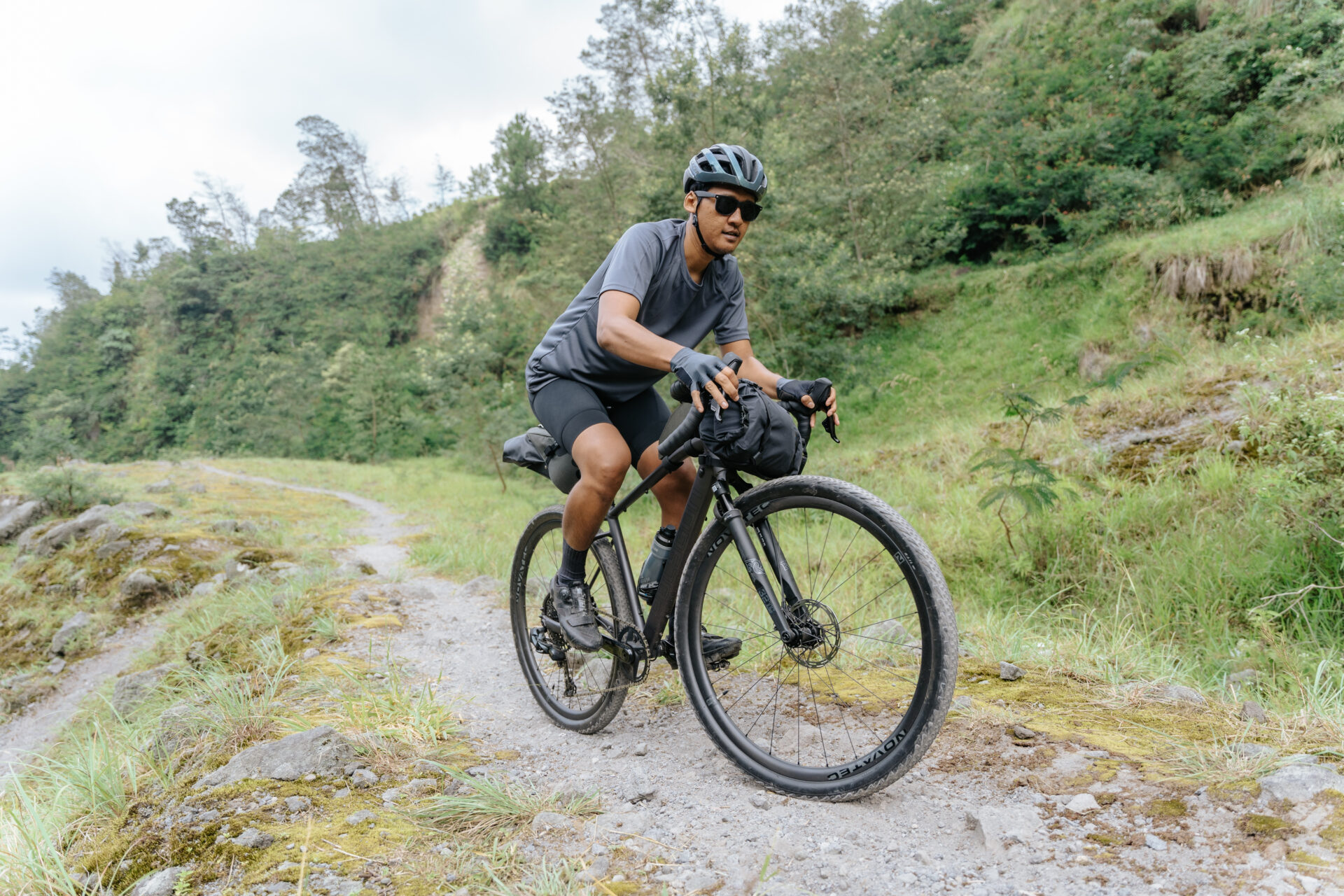
Elements like saddle height, pedal type, handlebar position, stem length, and tire pressure need careful attention. The most common mistakes many beginners made were setting their saddle too high and not lowering their tire pressure. Setting your saddle too high can lead to discomfort and reduced efficiency, while high-pressure tires can increase traction. Handlebar positioning and pedal types also impact your ride quality. Polygon’s BEND Series is designed specially to conquer rugged terrain easily and offers an excellent gravel riding experience and unlimited exploration. If you’re up for more challenges, Polygon’s new series, Gravel Tambora series, offers you ultimate speed and stability on the rough road to light gravel terrain.
2. Improper Tire Selection
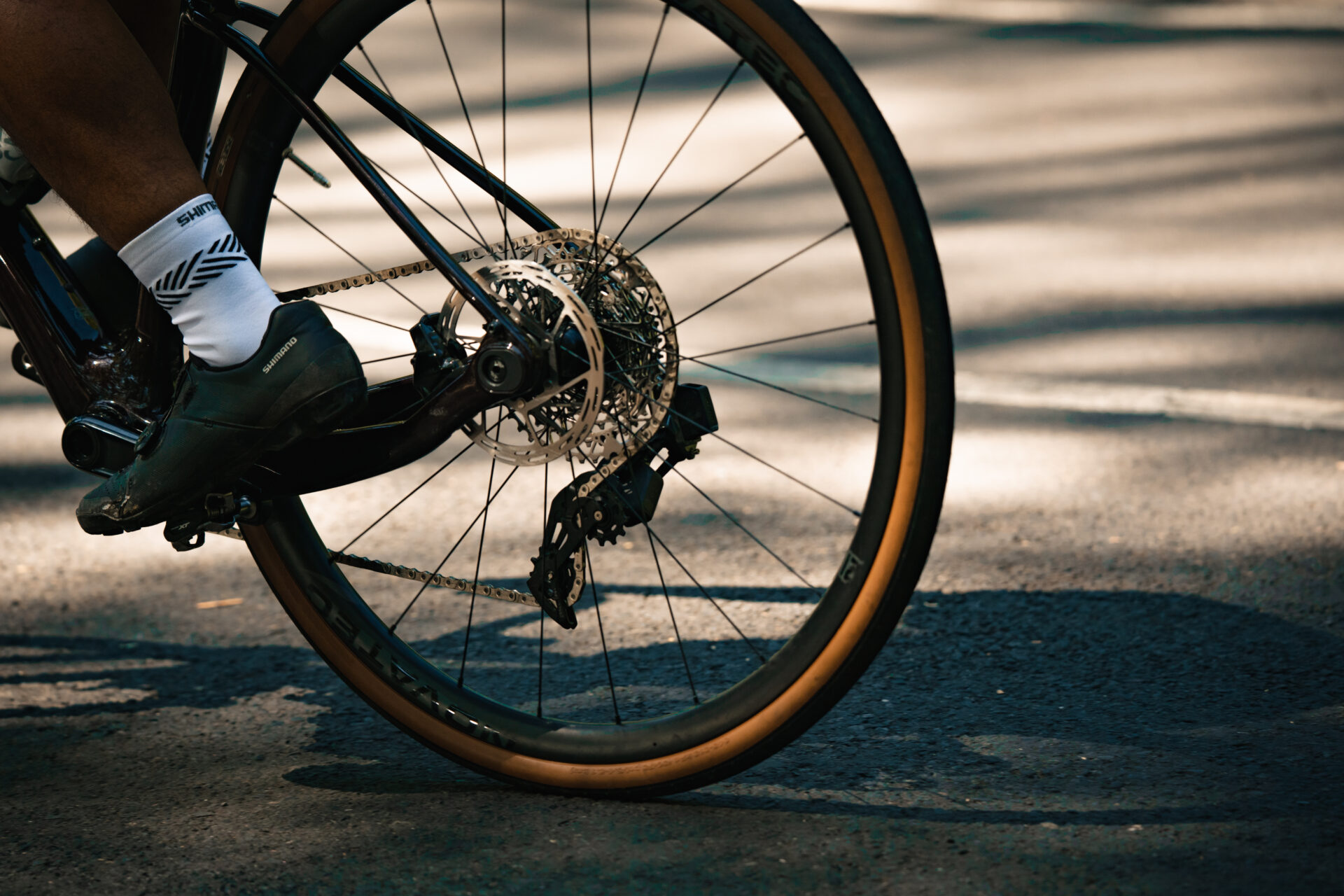
Your tire choice in gravel biking is a game-changer. Overlooking this detail can lead to frustrating experiences. Tire size, type, and tread pattern all matter significantly. Too narrow tires can reduce stability, while excessively wide ones add unnecessary weight. Inappropriate tire types may compromise grip, and tread patterns that are either too aggressive or too minimal can affect your control. Choosing the right tires and customizing them to your riding style and terrain is fundamental to ensuring an enjoyable and safe gravel biking experience.
3. Neglecting Maintenance
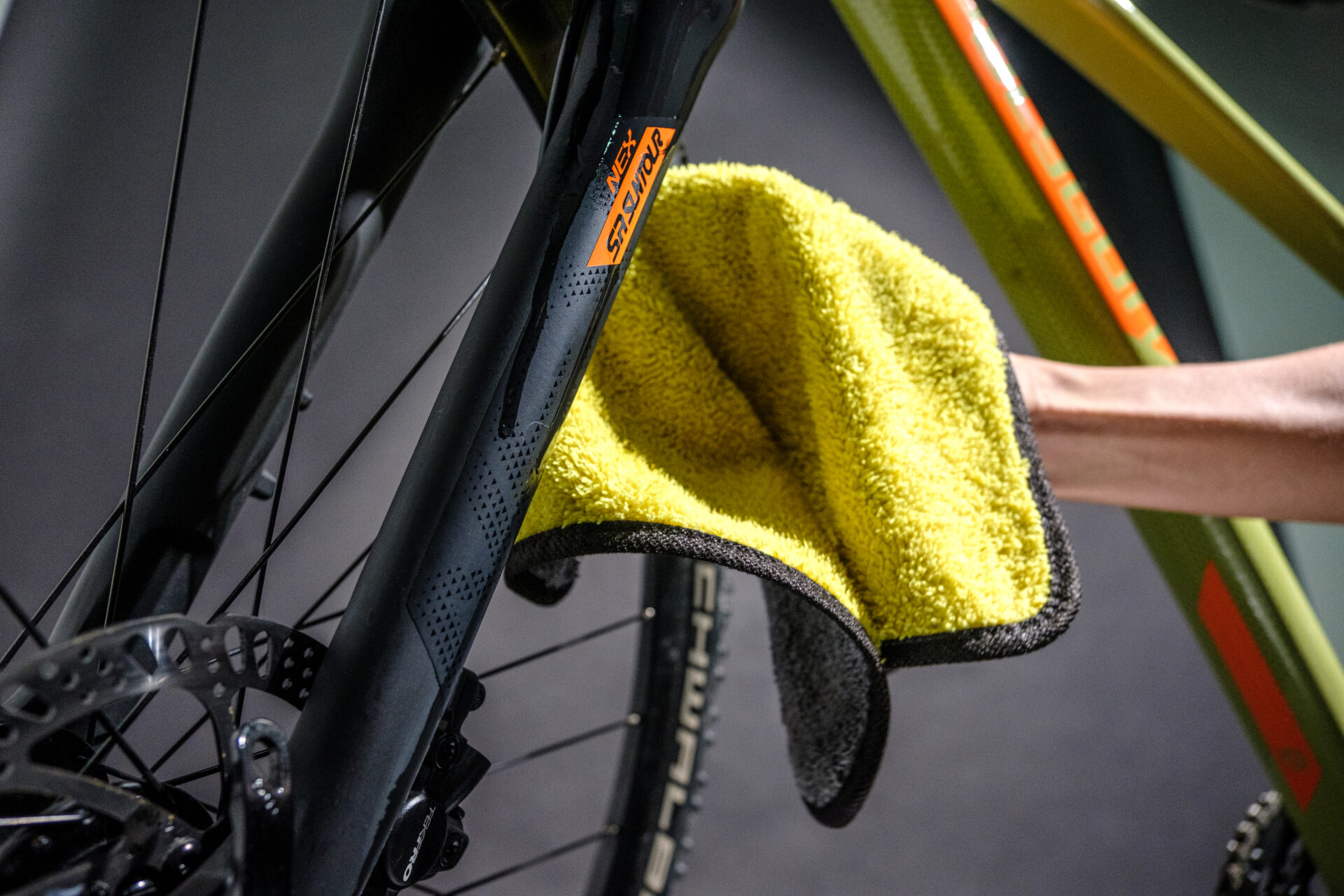
Nothing is worse than looking for a mechanic in the middle of nowhere. Not only is it frustrating, but the damage on the bike can also be dangerous for your journey. Failing to clean and lube your chain, check tire pressure, and inspect brakes can lead to unexpected mechanical issues on the trail. At the very least, be prepared for the common ones, like flat tires and minor adjustments. It’s helpful to learn as much as possible about your bike and how to change a tube and plug a tubeless tire.
4. Overpacking
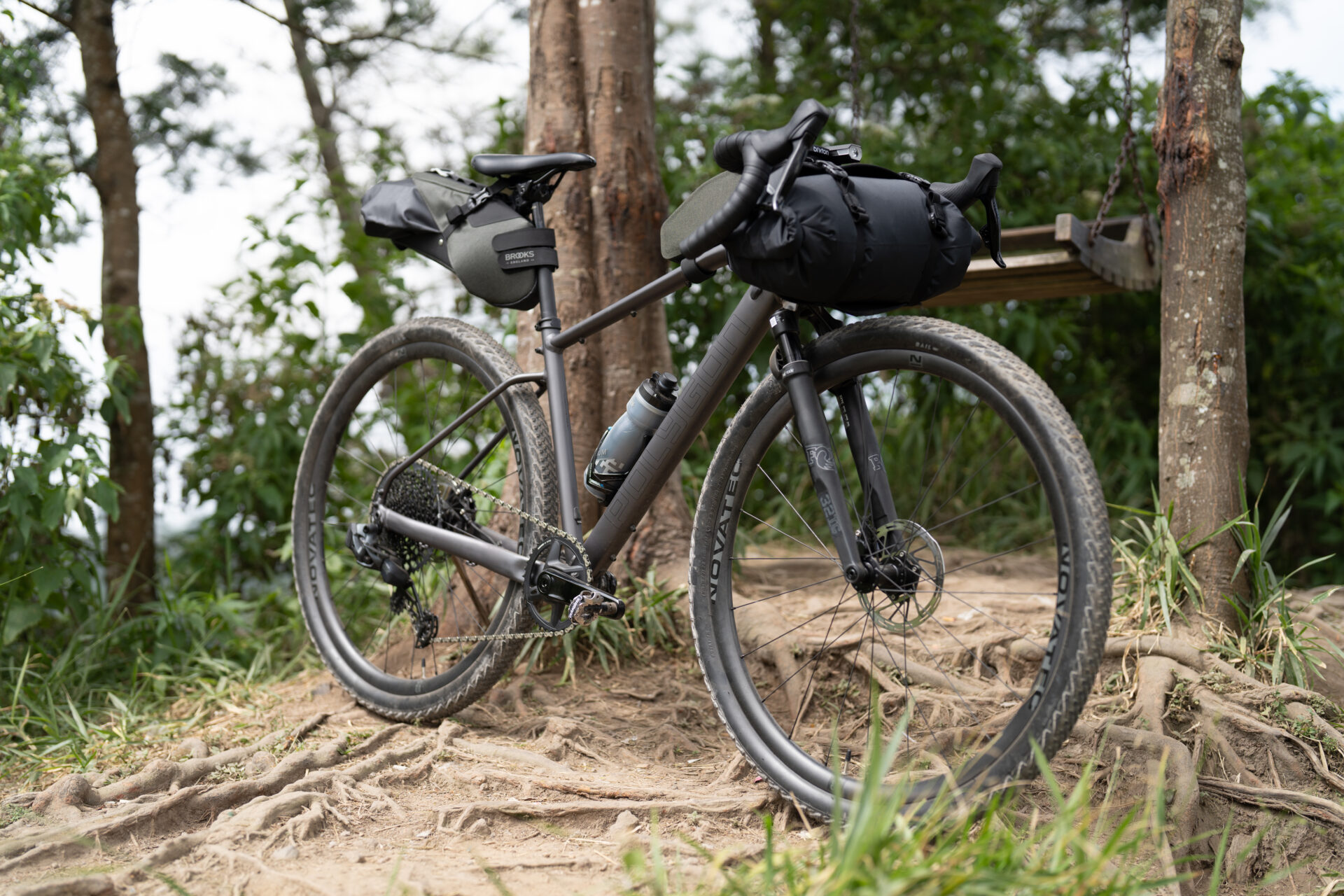
Overloading your bike with unnecessary gears can make any cyclist get exhausted quickly. Carrying full toolkits, inefficient bike accessories, and heavy backpacks with too much food and water will ruin the fun of your ride. Please keep it simple by packing essential tools like multi-tools, a spare tube, a patch kit, and a pump. For handy tips, you can place them all in your saddle bag. Remember to carry sufficient water, snacks, and nutrition to stay fueled during your ride. Being burdened with unimportant items is the last thing you want in your gravel adventure.
5. Ignoring Nutrition and Hydration
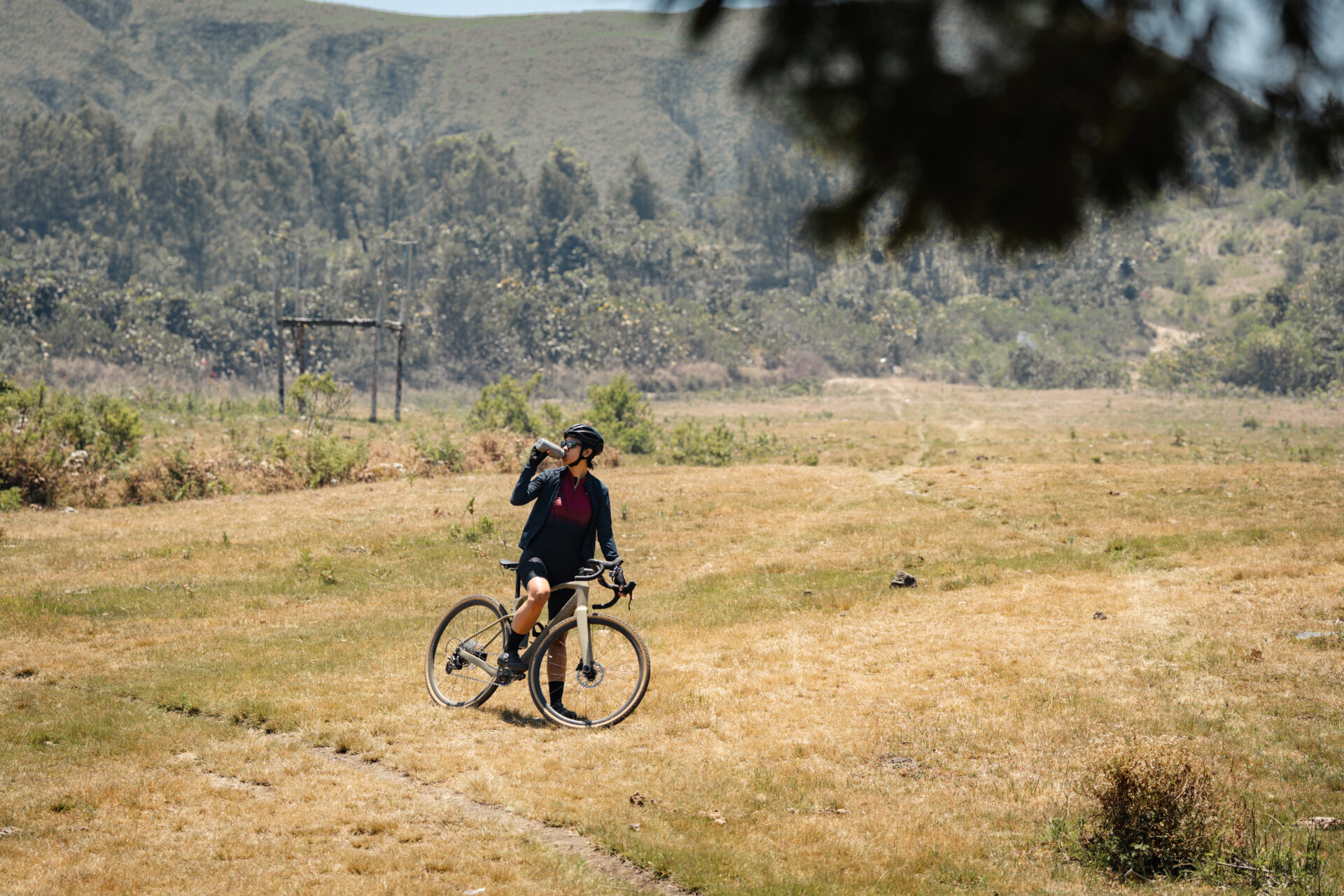
Food on the bike is your fuel; don’t expect to find a food store during your ride. Therefore, you must always carry your own food and drink. The amount and kind of food may be different from person to person. You can decide on what food you need. Just in case, bring more food than you think you might be, especially if you’re starting off and not familiar with the road, but don’t bring too much. Eat and drink little bits over time to stay fueled and hydrated throughout your ride.
6. Not Dressing Appropriately
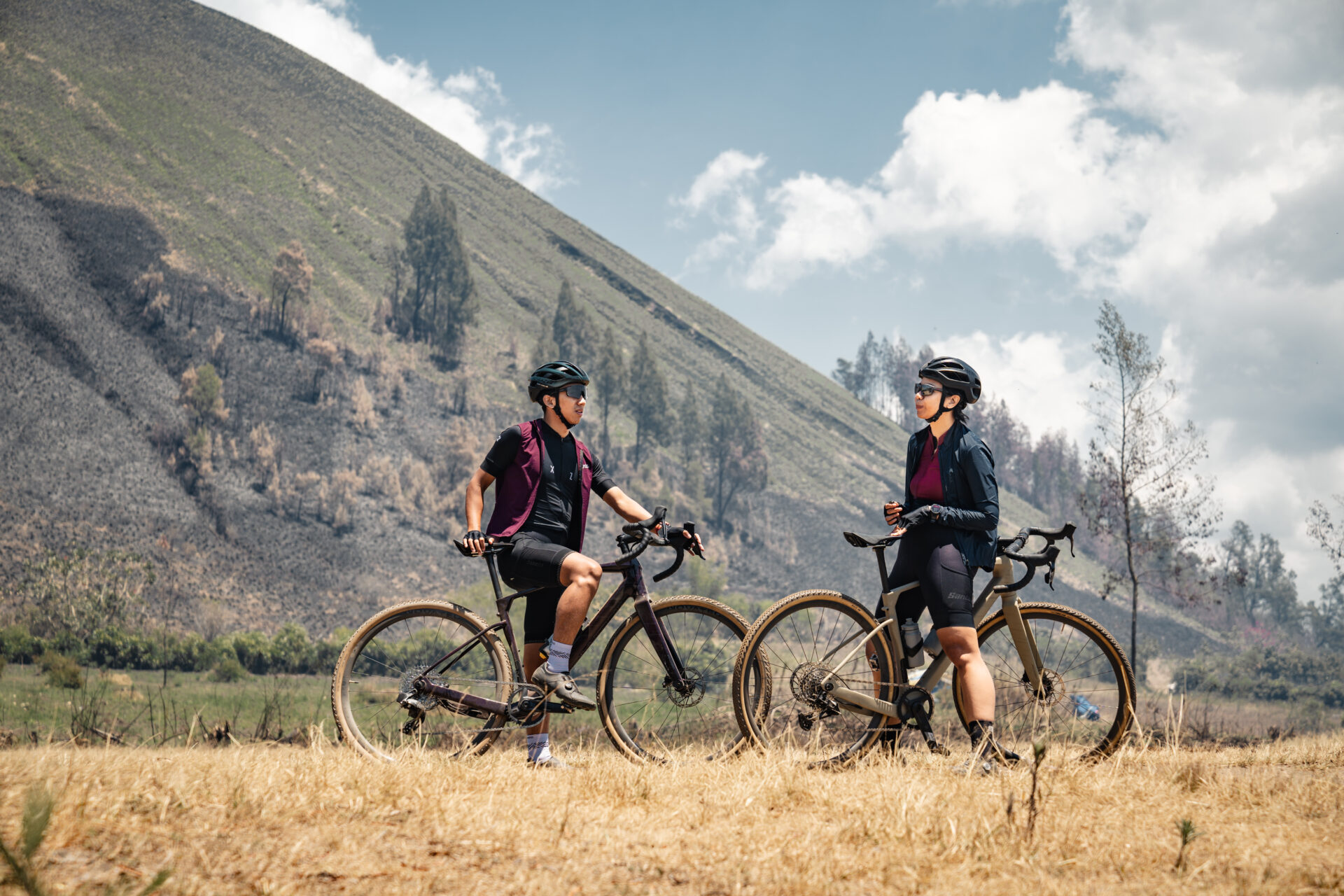
Always make sure you are dressed comfortably and appropriately! During hot weather, it is recommended to wear lightweight clothes, moisture-wicking clothing, bib shorts, and lightweight jerseys. Conversely, wearing windproof outer layers, long pants, and thermal socks is suggested on colder days. Remember protective gear like helmets, gloves, eye protection, and knee pads for added safety, especially on rugged terrain. Most importantly, check the weather forecast before your ride to ensure you’ve dressed appropriately for the condition.
7. Poor Riding Technique and Ignoring Trail Etiquette
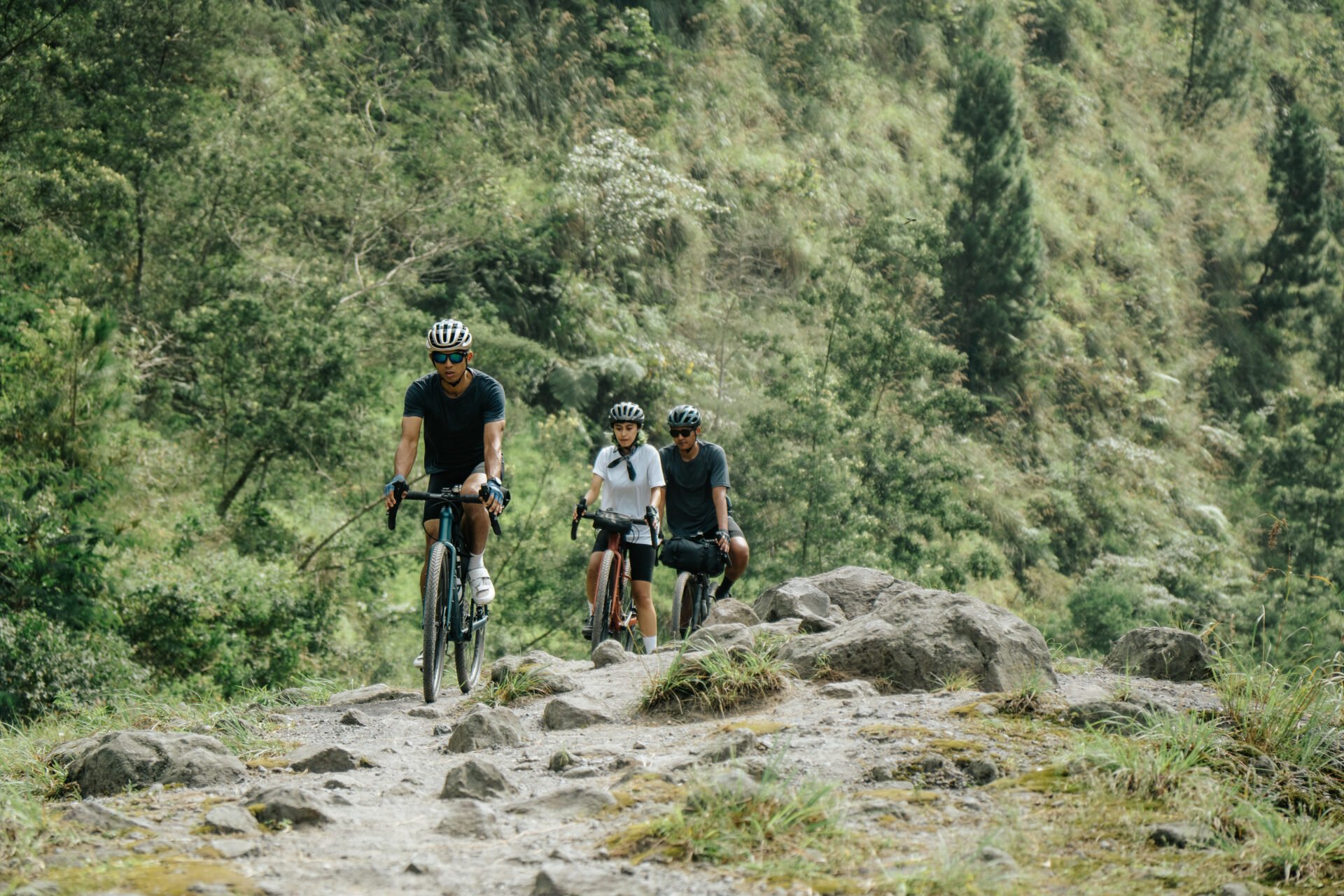
Positions, riding techniques, and terrain adaptation are essential aspects of gravel riding, especially for beginners. When descending, avoid the common mistake of shifting your weight too far back. Instead, lean your chest forward for a balanced center of gravity. When tackling climbs, resist the urge to stand up; it’s often better to remain seated to maintain stability. While turning, remember to pivot not only the handlebars but also your entire body in the direction you want to go. Lastly, don’t tense up—keeping relaxed ensures better control and a more enjoyable gravel biking experience.
8. Poor Pacing
Pacing is a vital part of gravel biking, and beginners often make mistakes here. Going too fast too soon can lead to fatigue and a challenging ride. Gravel biking isn’t about speed, so start slow, watch your breathing, conserve your energy, and learn as much as you can about the terrain you’re exploring. After all, gravel Riding is about a fun and challenging adventure journey.
Conclusion
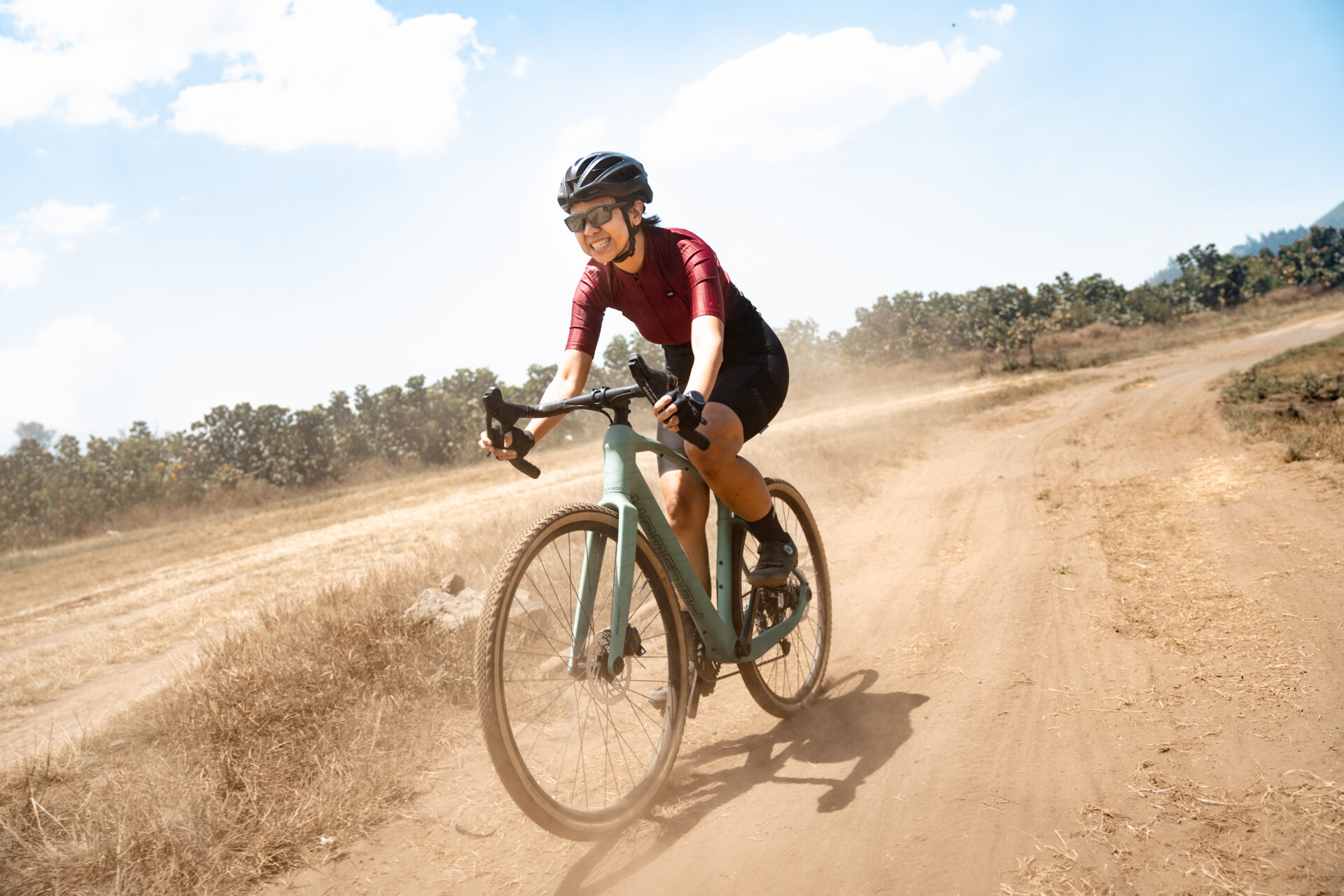
Gravel biking is a fantastic way to explore off-road terrain. Still, like any sport, it comes with its share of common mistakes that riders, especially beginners, might make. By being aware of and avoiding these common mistakes, you can enhance your gravel biking experience and stay safe on the trails. Instead of going with an ordinary bike, let’s strengthen your gravel riding experience with Polygon’s Gravel Bike Tambora Series, BEND Series and PATH X Series.


